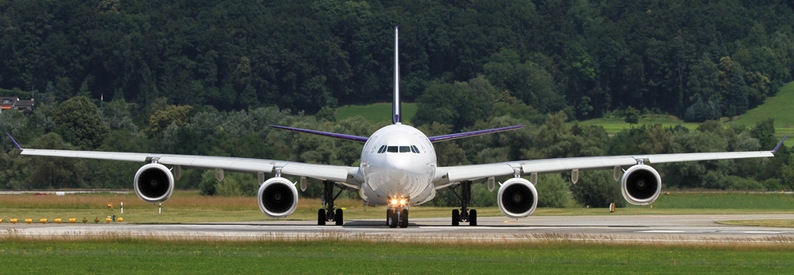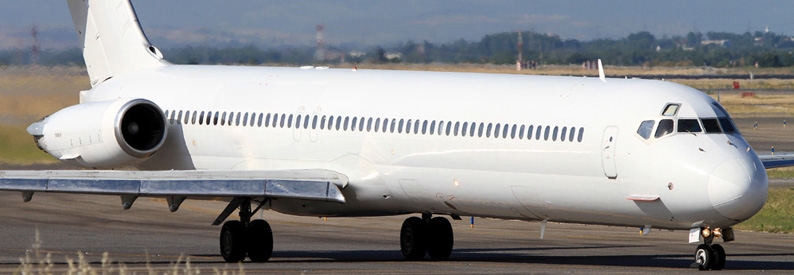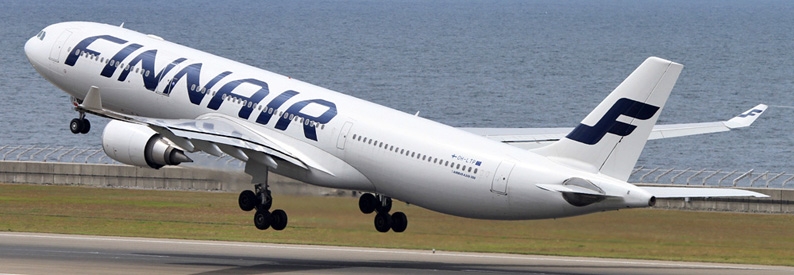Finnair (AY, Helsinki Vantaa) will resume flights between its Helsinki Vantaa hub and Tokyo Narita from March 9, 4x weekly, avoiding Russian airspace, it said in a statement on March 2. The new routing means that the flight time will be around 13 hours.
According to the ch-aviation schedules module, what used to be a 7,828-kilometre route took nine hours and 30 minutes. Before Russia's invasion of Ukraine which prompted the airspace shutdown, the route had been operated 14x weekly, the ch-aviation capacities module shows.
On February 28, Finnair suspended its routes to Japan (Osaka Kansai and Tokyo), China (Guangzhou and Shanghai Pudong), South Korea (Seoul Incheon), and Russia (Moscow Sheremetyevo and St. Petersburg) until at least March 6. Flights to Hong Kong International had already been shelved until the end of March. But it continues to fly to Bangkok Suvarnabhumi, Phuket, Delhi International, and Singapore Changi - and also from Stockholm Arlanda to Bangkok and Phuket - with a longer routing that avoids Russian airspace.
“Japan is one of our most important markets and we want to continue offering safe and reliable connections between Helsinki and Tokyo also in this situation,” Ole Orvér, the Finnish flag carrier’s chief commercial officer, said in the statement.
Finnair also operates a daily scheduled cargo route between Helsinki and Tokyo, and Orvér stressed that Japan is an important cargo as well as passenger market for the airline.
“We continue to evaluate possible alternative routings for our flights to China and South Korea and will communicate on these as soon as the plans are finalised,” he elaborated.
In a disclosure to the Nasdaq Helsinki stock exchange on February 28, Finnair admitted that any Russian airspace closure would have “significant financial impacts” on the company and that it was withdrawing its guidance related to both the first quarter of 2022 and the operational environment in the first half of the year that was provided in connection with results for the fourth quarter of 2021.
Traffic between Europe and Asia plays an important role in Finnair’s network, and “the negative financial impacts on Finnair will be significant especially if the situation prolongs,” it warned.
“The crisis in Ukraine touches all Europeans, and we understand the EU’s decision to close its airspace. We are implementing our contingency plan as the situation has a considerable impact on Finnair. Bypassing Russian airspace lengthens flight times to Asia considerably and so the operation of most of our passenger and cargo flights to Asia is not economically sustainable or competitive,” CEO Topi Manner said in the filing.
“Despite the massive negative financial impacts that the pandemic had on us, our cash position is still strong, about EUR1.7 billion euros [USD1.9 billion] at the end of 2021. This includes the currently undrawn EUR400 million [USD444 million] hybrid loan granted by the state of Finland, which also supports our equity,” he added, stressing that the Finnish government, as majority owner, has called Finnair a company of strategic interest.
In related news, Finnair has said it is selling four of its older A321-200s, which the new owner will convert into freighters after disposing of the engines. The bodies and engines of OH-LZA (msn 941), OH-LZB (msn 961), OH-LZC (msn 1185), and OH-LZD (msn 1241) will be sold separately with the engines to be dismantled and used as spare parts, the airline said in a blog post on its website on March 1.
According to the ch-aviation fleets module, disposing of the four twinjets - which are aged between 21.82 and 23.14 years - will leave Finnair with fifteen A321-200s.








